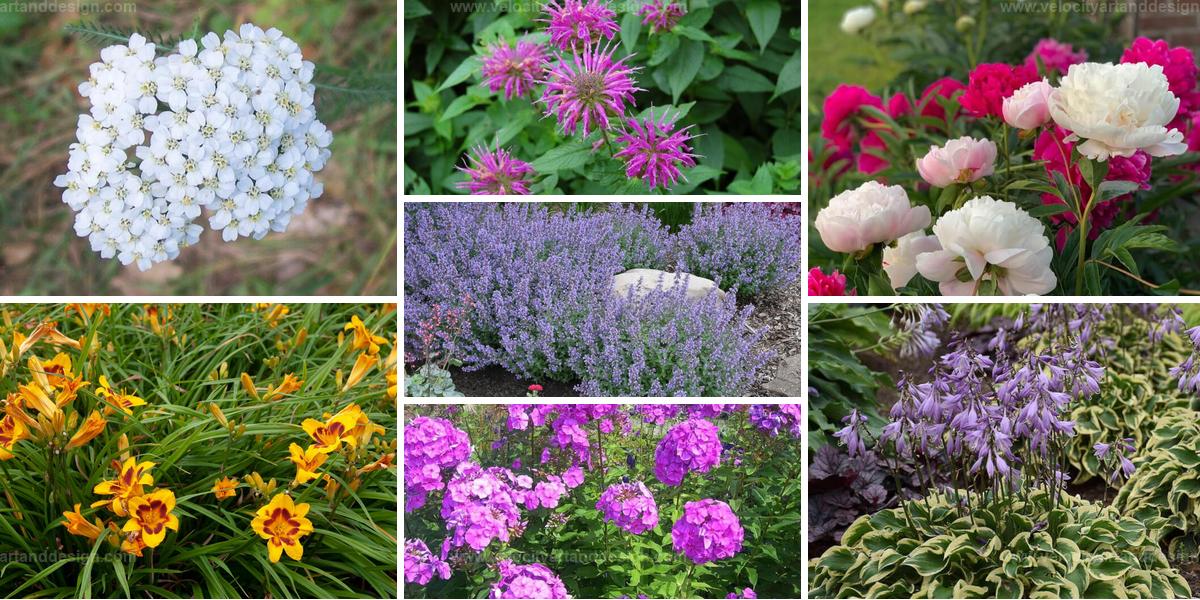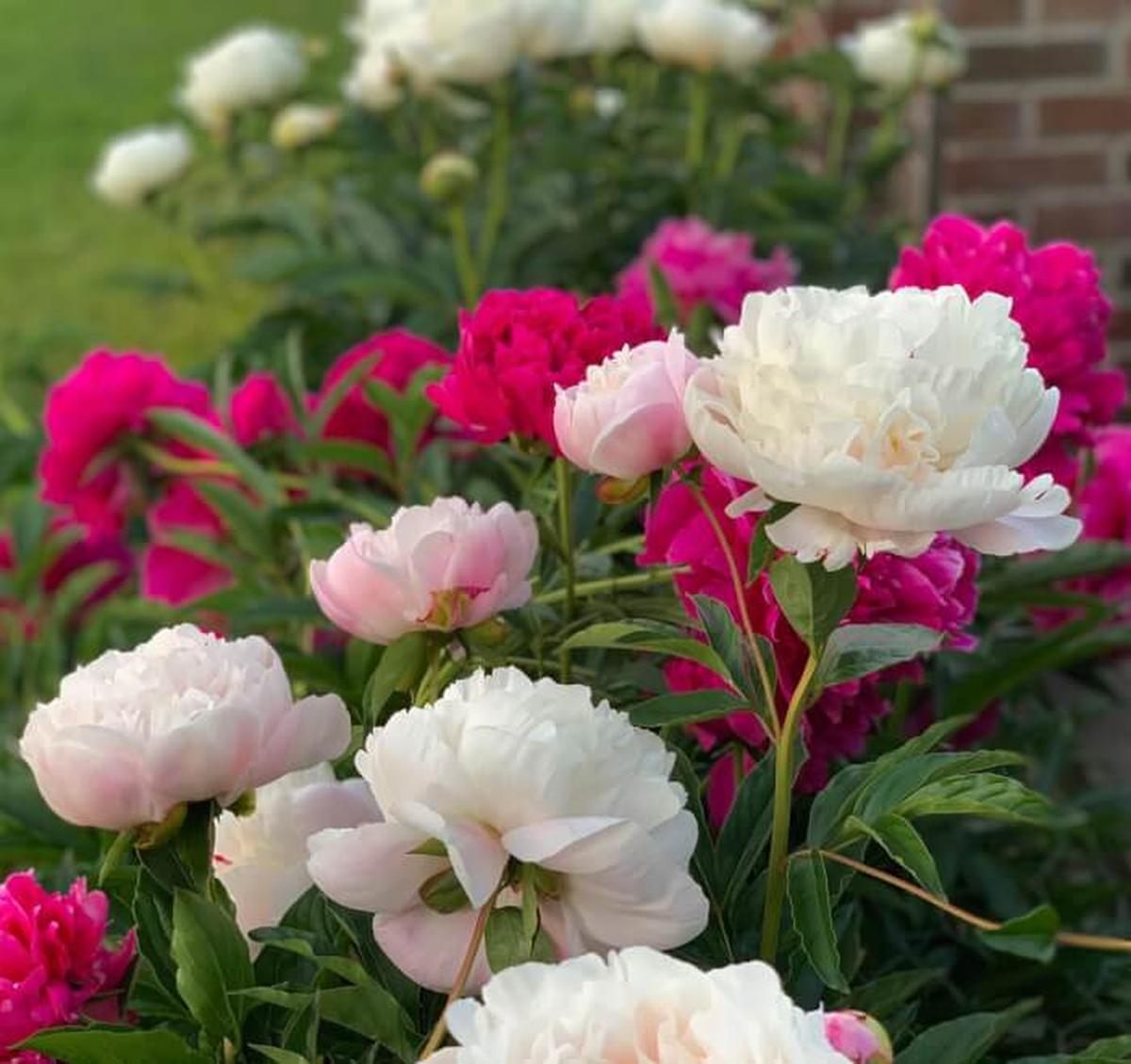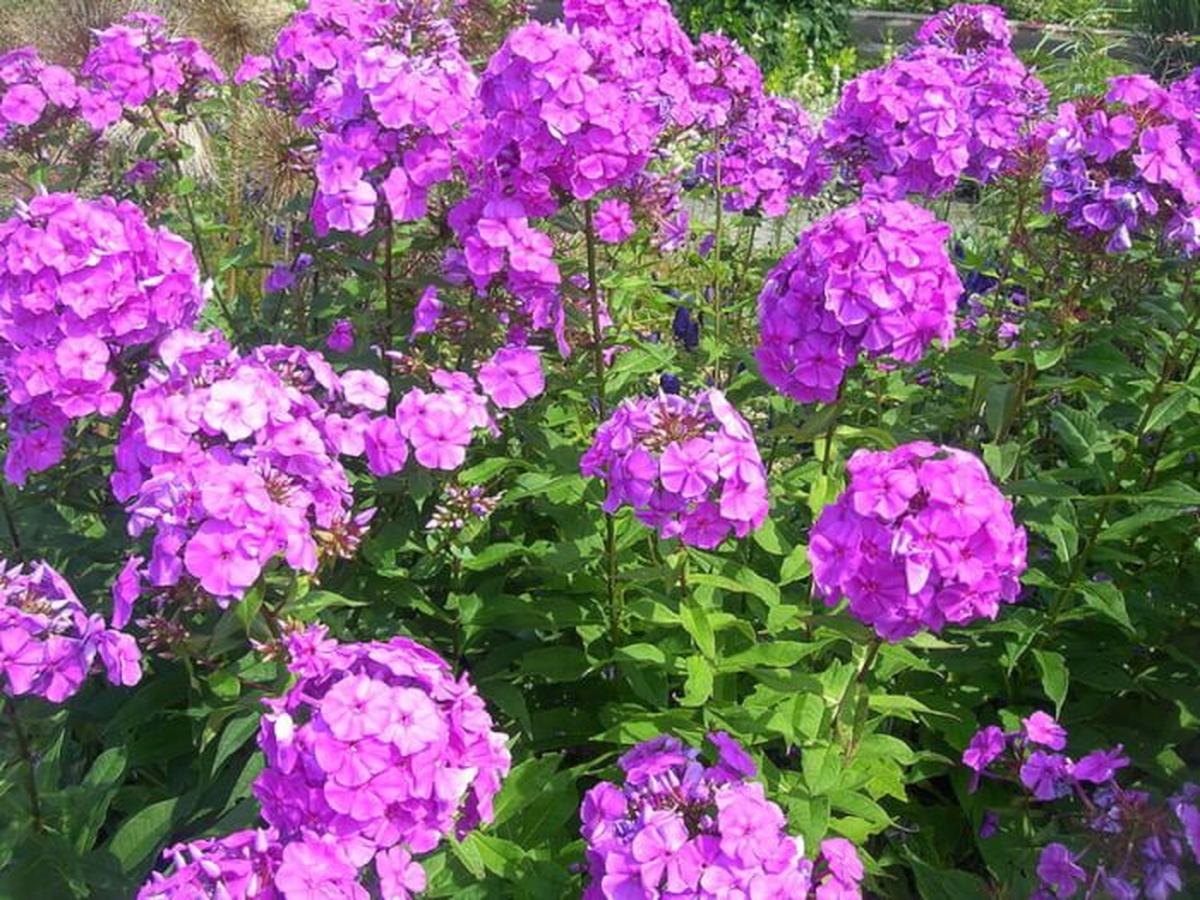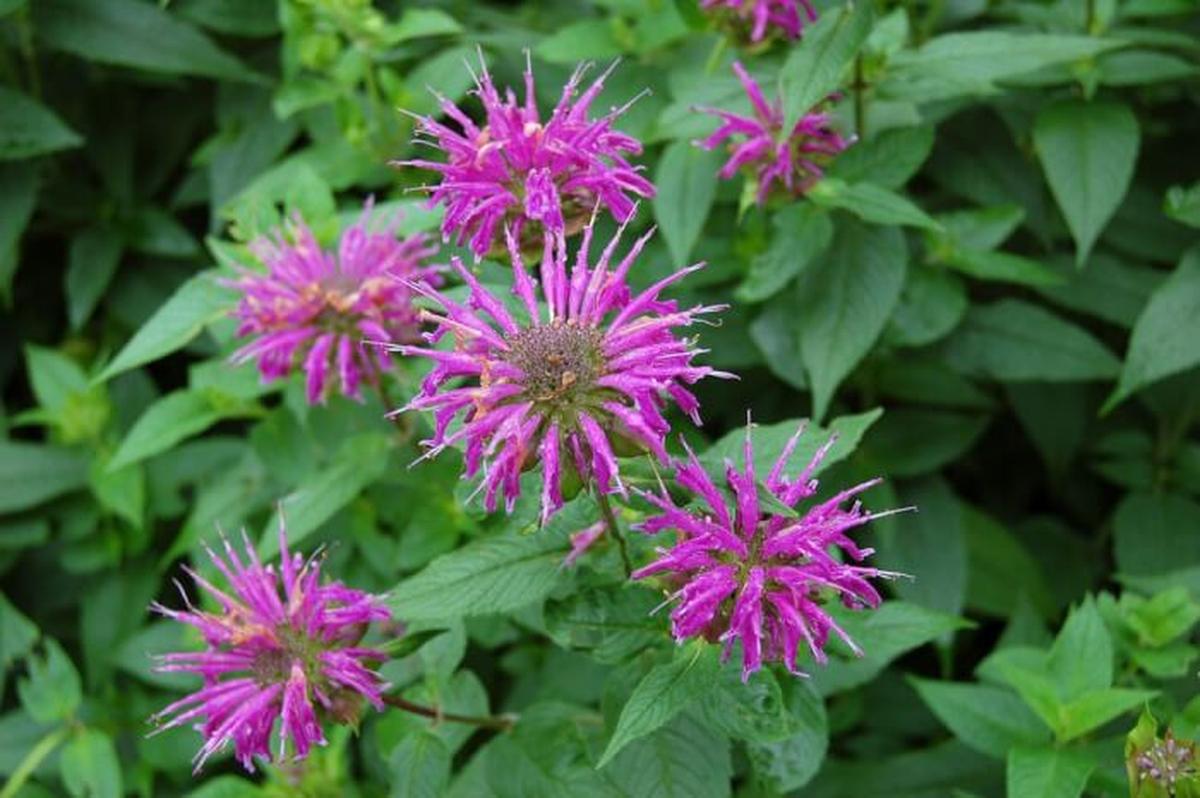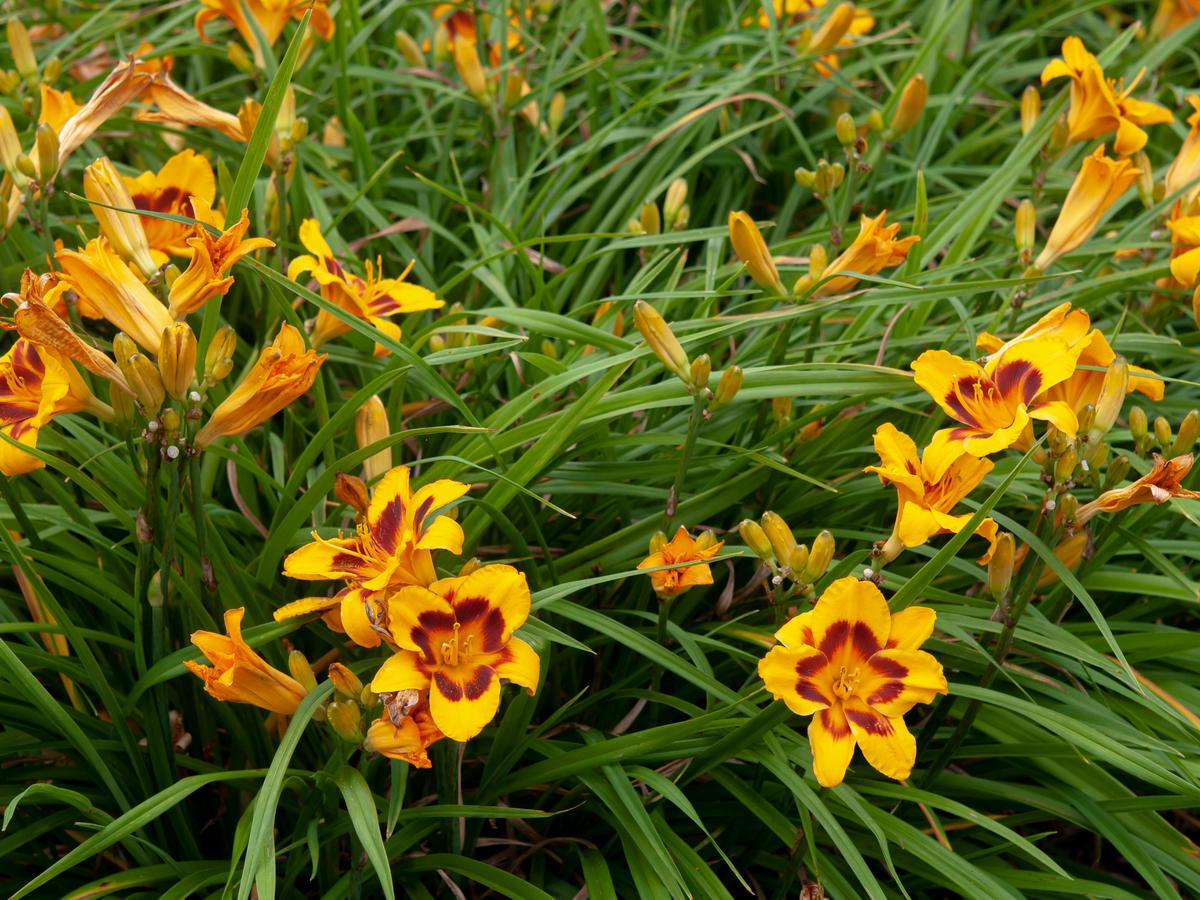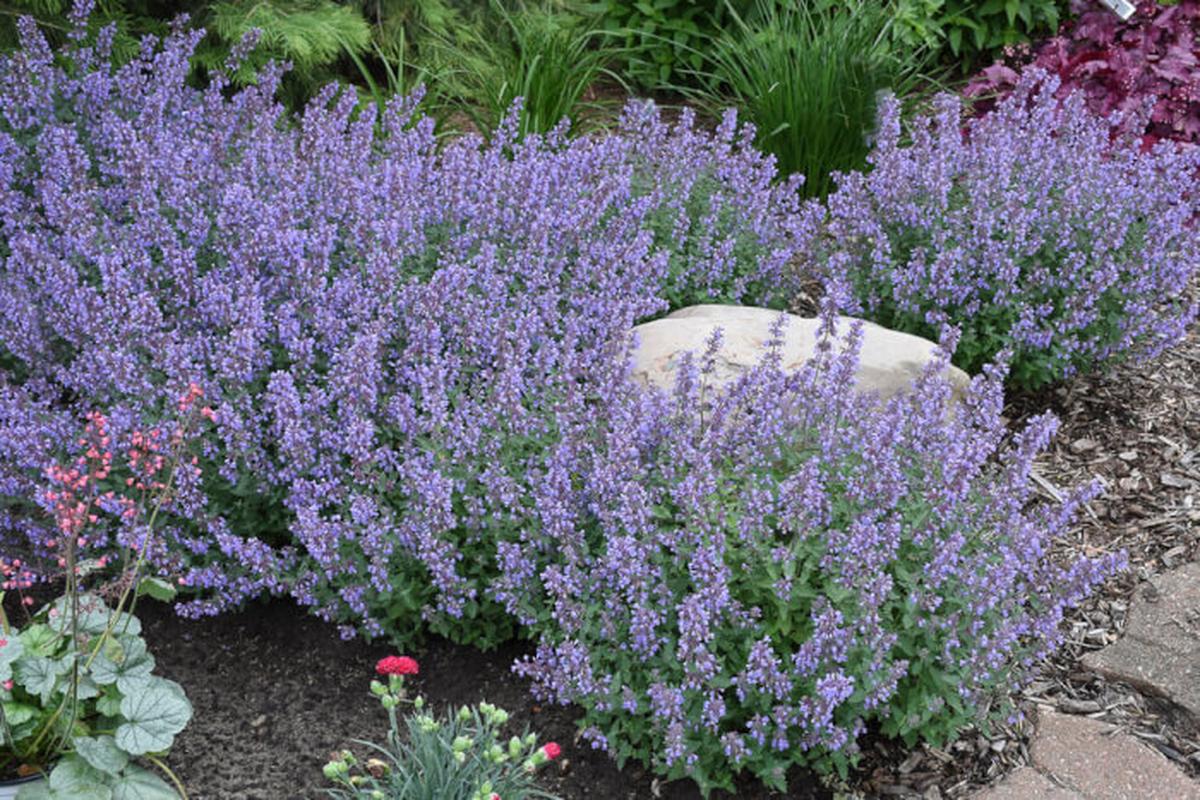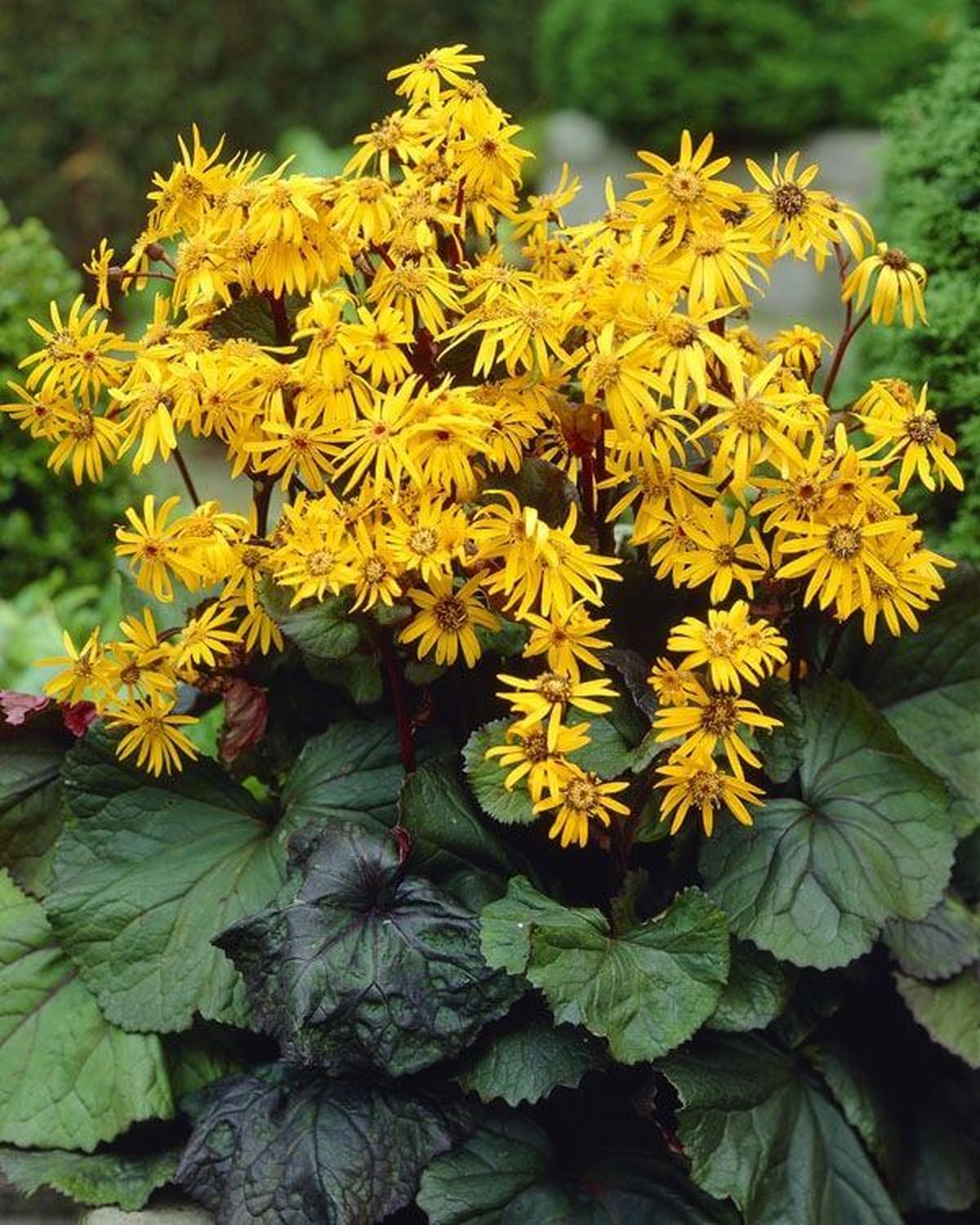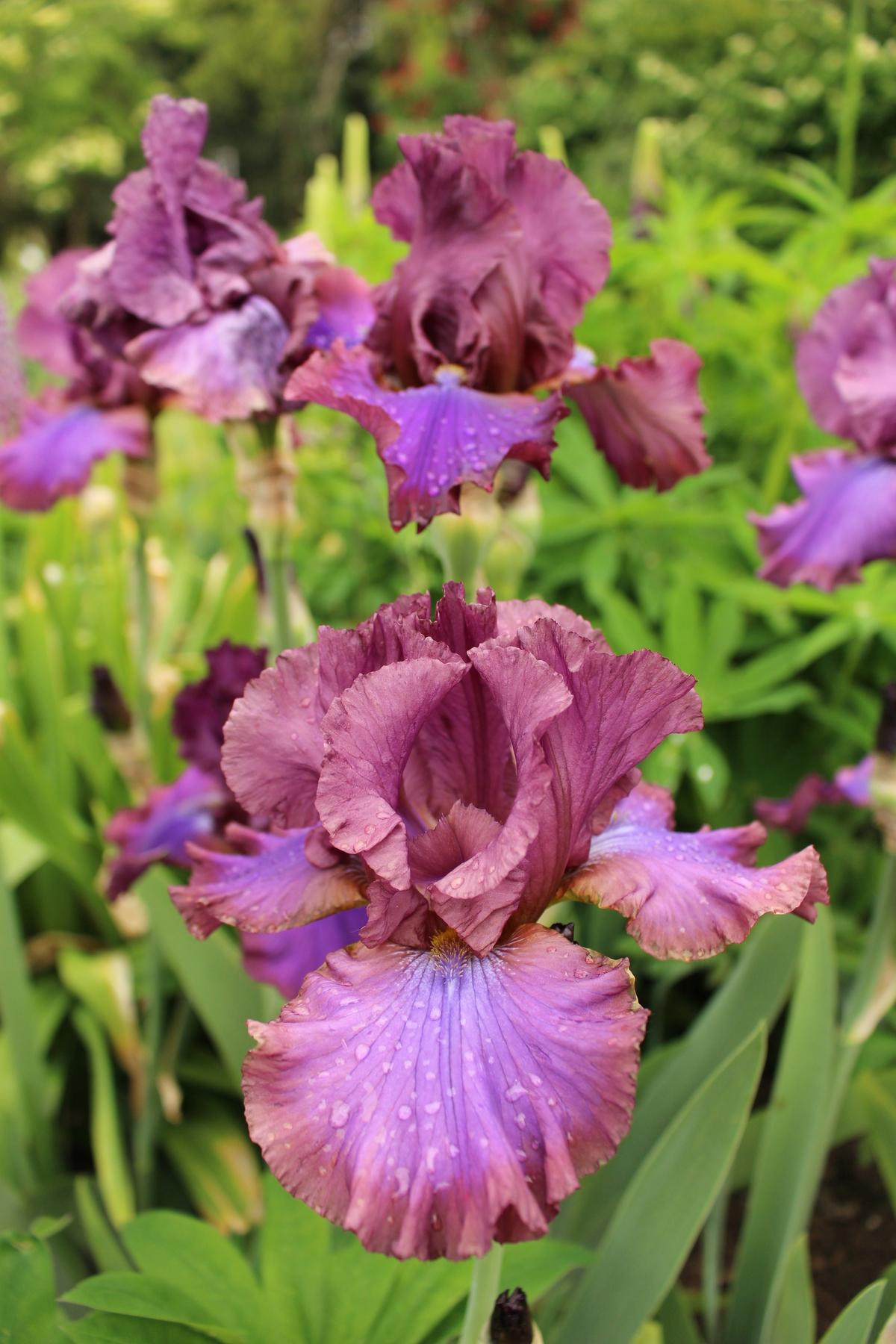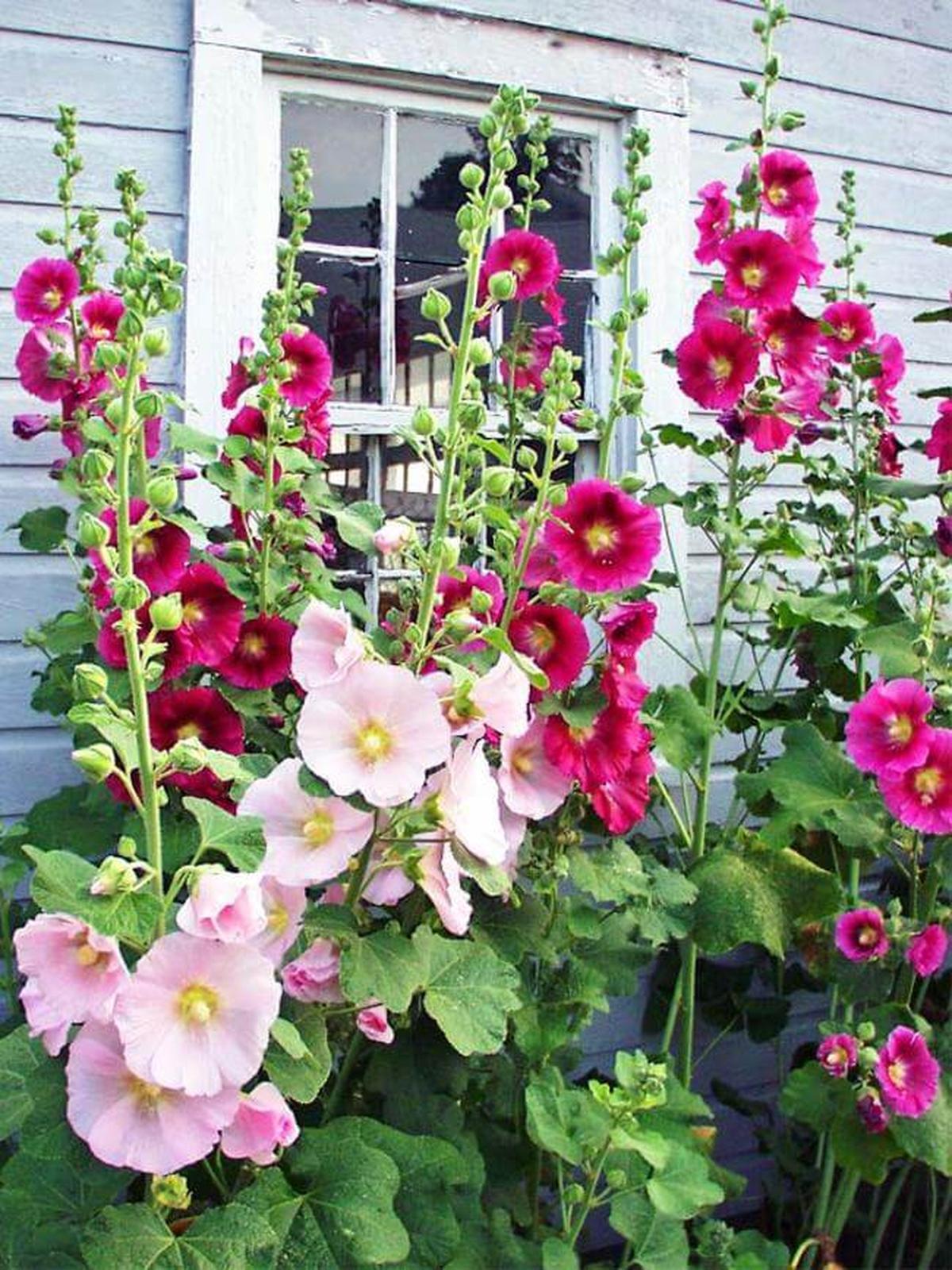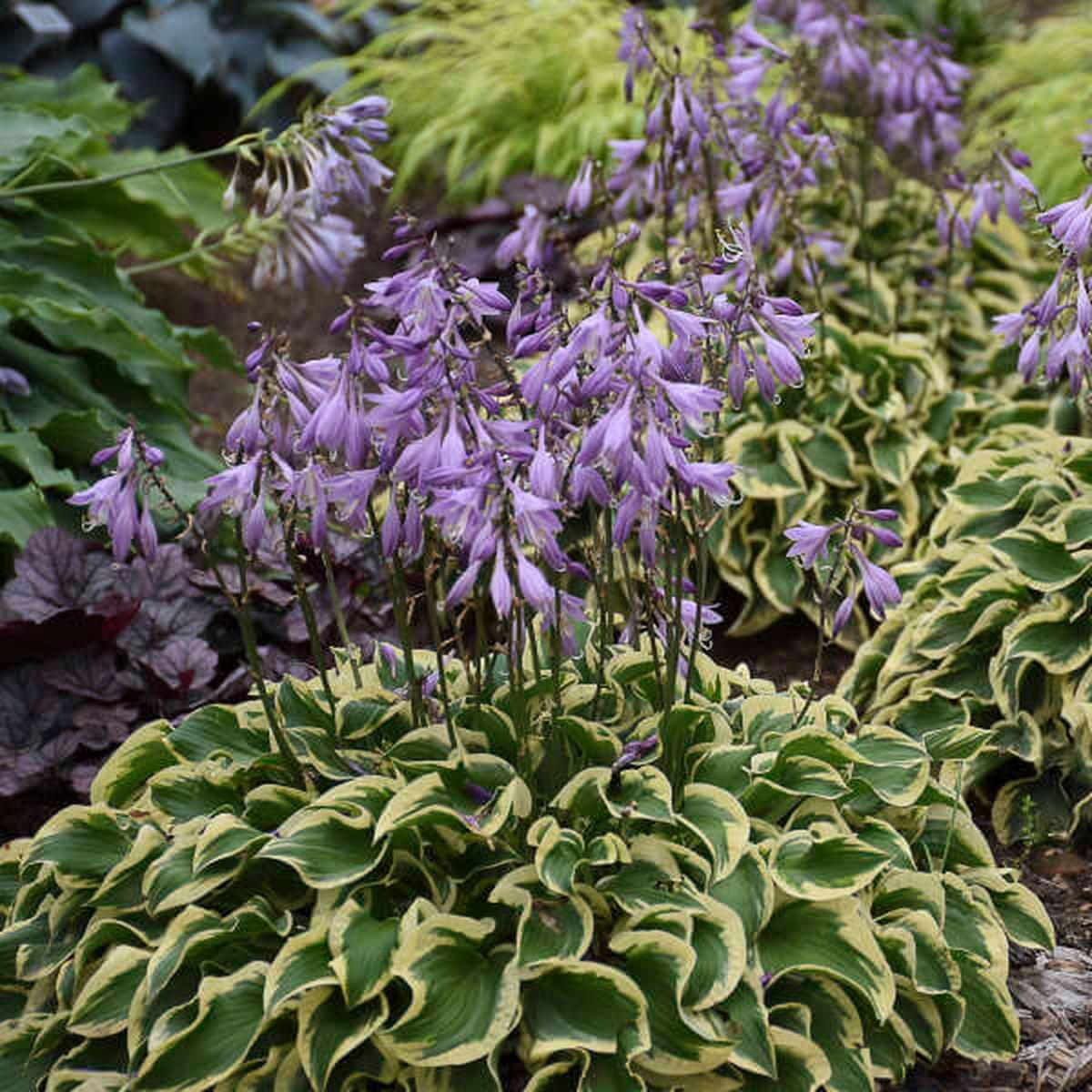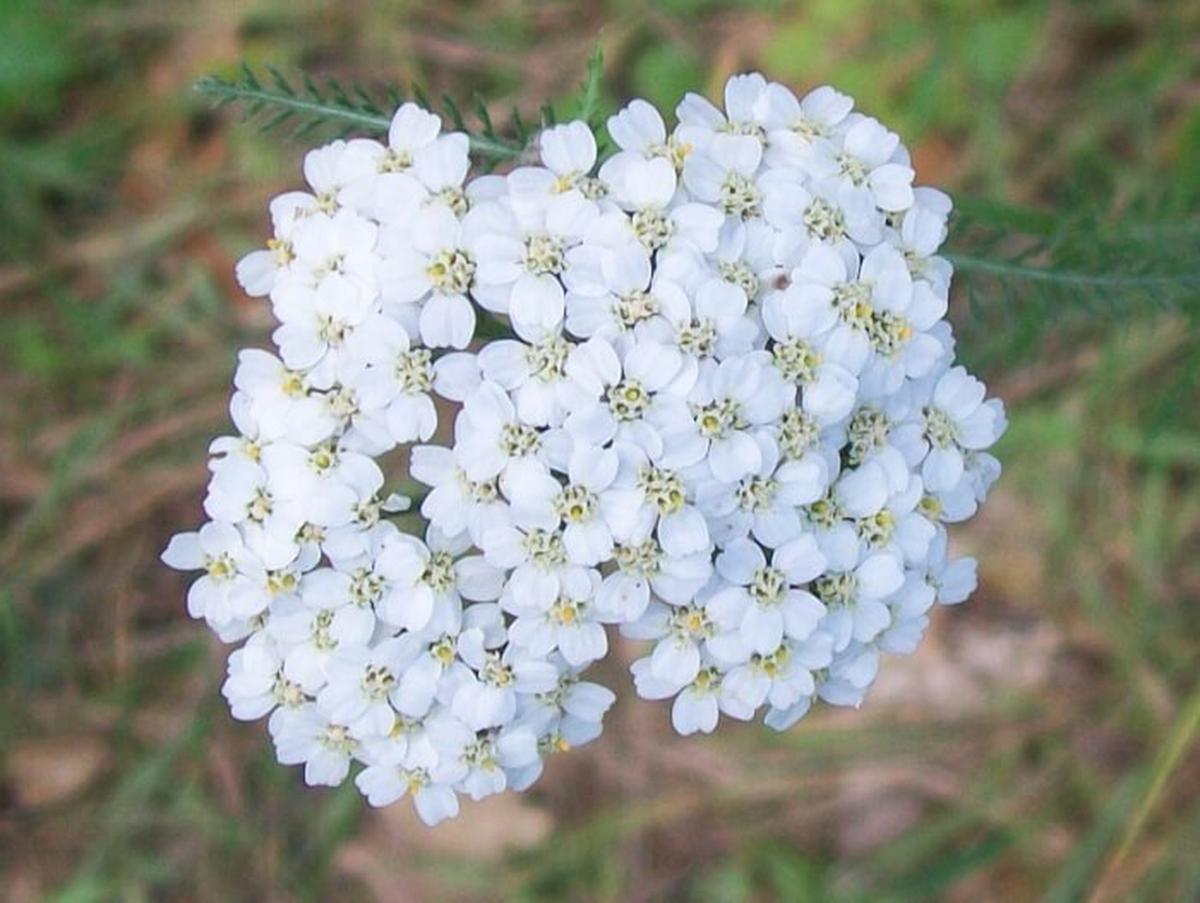10 Essential Perennial Flowers to Prune for Better Growth
Perennial flowers that require cutting back in the fall are essential for maintaining a healthy and vibrant garden. Trimming these plants at the right time encourages better growth and prevents disease during the winter months.
This seasonal task ensures that the flowers come back stronger and more beautiful in the spring. Cutting back also helps to tidy up the garden, giving it a neat appearance during the colder months.
By caring for your perennials in this way, you set the stage for a more productive growing season ahead. Here are 10 perennial flowers that should be cut back in the fall season:
Peonies
Peonies require careful attention as the seasons change. Cutting back their foliage in autumn helps prevent difficulties during spring clean-up.
This action is crucial because dead leaves can harbor diseases like powdery mildew and botrytis, which darken stems and inhibit blooming potential. By removing peony leaves ahead of cold temperatures, you promote healthier growth for the following year.
Taking these steps ensures a thriving garden filled with beautiful blooms when warmer days return.
Summer Phlox
Summer phlox adds a splash of color to your garden as it blooms late in the season. As autumn approaches, you can tidy up by cutting it back to about three inches above the ground.
This practice not only keeps your space looking neat but also encourages healthy growth for the next year. The vibrant flowers attract pollinators, enhancing biodiversity around your home.
Caring for summer phlox ensures that you enjoy its beauty well into fall while preparing it for future seasons.
Bee Balm
Bee balm thrives with proper care, especially when it comes to pruning. After the initial frost melts away in spring, it's time to divide this vibrant plant for optimal growth.
Keeping your garden lively requires removing faded blooms regularly; doing so stimulates new flower production and enhances its visual appeal. By following these simple steps, you ensure that bee balm continues to flourish throughout the season while adding splashes of color to your outdoor space.
Taking a little time now will reward you with a stunning display later on.
Daylilies
Daylilies require attention as fall approaches, with their foliage often turning yellow and appearing untidy by October. To maintain a tidy garden, pruning should occur around four to six inches above the crown.
This process not only enhances the plant's appearance but also prepares it for easier division in spring. Caring for daylilies now sets you up for success when warmer weather returns.
A little maintenance goes a long way in promoting healthy growth and vibrant blooms later on.
Catmint
Catmint, a resilient plant known for its aromatic leaves and lovely blooms, thrives with proper care. Pruning in the fall is crucial; delaying until spring can lead to issues like overcrowding or powdery mildew.
Focus on cutting back yellowing stems while leaving the healthy grayish-green ones intact. This practice promotes better air circulation and overall health of your catmint plants.
Enjoy watching them flourish with these simple maintenance tips!
Ligularia
Ligularia plants require specific care to thrive, especially as temperatures drop. After the first frost, it’s essential to remove any brown or mushy foliage in the fall for a tidier appearance and healthier growth.
If you notice that the stalks and leaves maintain their structure post-frost, consider pruning them back before spring arrives. This practice promotes fresh growth when warmer weather returns.
Keeping your Ligularia well-maintained ensures its vibrant presence in your garden year after year.
Bearded Irises
Bearded irises thrive with proper care, especially during the fall. Pruning is essential to maintain their health and prevent disease.
By trimming leaves back to around six inches from the crown, you create a cleaner environment for your plants. Clearing away any fallen dead foliage at the base further reduces pest risks throughout winter months.
Keeping these vibrant flowers well-maintained ensures they flourish beautifully in your garden come springtime.
Hollyhocks
Hollyhocks add stunning beauty to cottage gardens, but they face challenges from hollyhock rust. This fungal infection appears as unsightly yellow and brown bumps beneath the leaves.
To combat this issue, trim back the plants to roughly five inches above ground level. By doing so, you can promote healthier growth and enhance their visual appeal in your garden space.
Maintaining vigilance against pests ensures these vibrant flowers continue to thrive throughout the season.
Hostas
Hostas can be a stunning addition to your garden, but damaged leaves attract slug eggs that thrive during winter and cause trouble come summer.
To protect your plants from this issue, trimming hostas back to about three inches above the crown is essential once their leaves have browned or just before the first frost.
Taking care of this task ensures healthier growth in the following season while keeping your outdoor space looking its best.
A little maintenance goes a long way in preserving these beautiful perennials for years ahead.
Yarrow
Yarrow presents a fantastic opportunity for your garden, especially in autumn. As the season changes, consider harvesting its vibrant blooms to create stunning dry flower arrangements.
Pruning is essential; carefully trim old stalks down to their base while ensuring new growth remains untouched. Aim to cut yarrow just above soil level for optimal health and aesthetics.
This practice not only enhances your space but also allows you to enjoy yarrow's beauty long after the flowers have faded from view.

